Everything You Need to Know About Floor Joist Repair

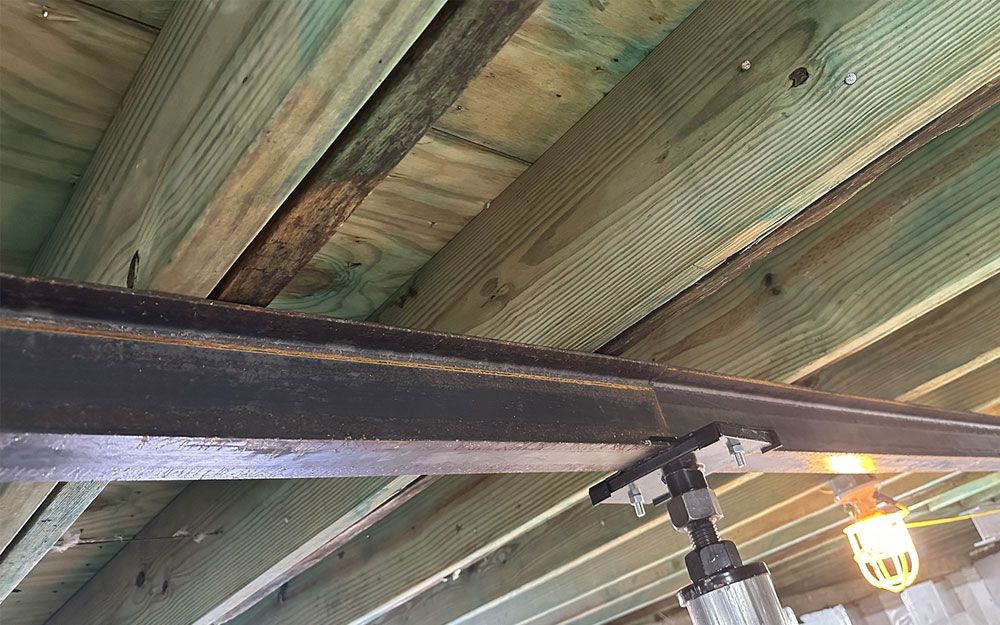
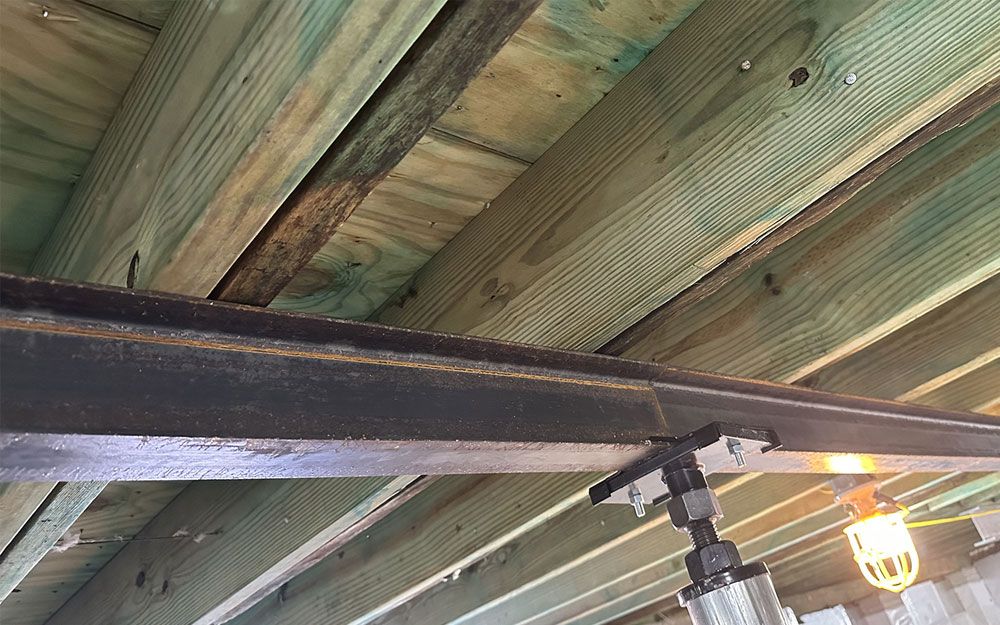
The floors in your home take a lot of punishment, from normal use to the continued support of furniture and appliances. Sagging floors could be the result of flooring or subflooring shifts from years of use. But problems with your flooring could be the result of joist damage, which is much more serious.
Floor joists are the taller, narrow beams that support your subflooring. They can rot or otherwise become damaged. When that happens, they need to be repaired, replaced or have new supports added.
Floor joist repair or replacement may sound complex, but it is fairly straightforward. The important thing is that you do not wait to address the issues.
Fortunately, there are some easy ways to diagnose the condition of your floor joists and plan a solution. The information below details these methods, as well as potential fixes to your flooring issues. It suggests some simple DIY fixes as well as advice on when to call a professional to handle the job.
For floor joist repair services in the greater Hampton Roads, VA / NC region, learn more about BAY Crawl Space & Foundation Repair at our Home Page, About Us Page, or Request A Quote Page.
Assessing Floor Joist Condition
Floor joists are what support your entire flooring structure. Besides impacting the level of your flooring, compromised joists can lead to drywall cracks, sticking doors, or more significant damage to your home.
The first thing you will want to do is determine the condition of your joists. This will help you assess whether you need to repair, support, or replace them.
A common sign of compromised joists is uneven floors. But these could be the result of flooring or subflooring defects. “Bouncy” floors are a very common sign of rotten floor joists.
A musty or damp smell in certain rooms of your house is a clue to the presence of mold or decay. This is often the first sign of a damaged joist.
Before moving to joists, be sure to check your crawl space beams. If a structural column has been damaged, then no amount of repairs to other components of your flooring will mask this problem. It is also quite dangerous and warrants immediate attention. Fortunately, like joists, these can be repaired or supported if the damage is not too severe.
If you are uncomfortable assessing the condition of the many parts that make up your flooring and substructure, the best move is to call a professional. A structural engineer or foundation repair professional can determine the cause of the damage and the best course of action toward the repair.
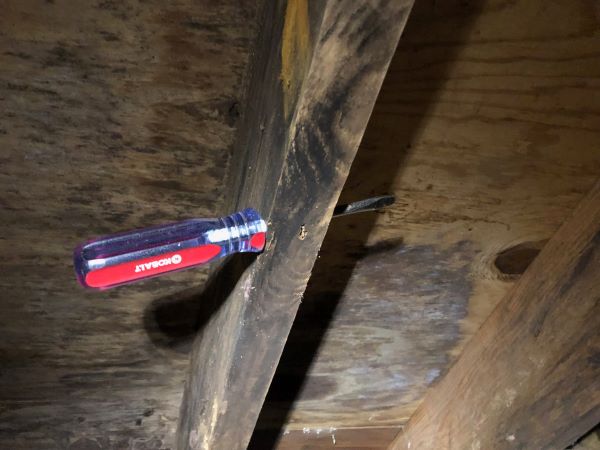
Threats to Floor Joists
There are many threats to flooring joists. If you see signs of mold or other moisture, that is cause for concern. For instance, “soft rot” will produce a darkened soggy appearing in the wood. It is a result of a fungus that breaks wet wood down into cellulose, compromising its integrity.
Foundation soil settling can cause beams to shift slightly and even crack. If wood-eating insects, such as termites, have infected the joists, this too is a major problem.
Note that, besides repairing joists, you need to address the conditions that produced this situation. This includes very high levels of humidity, persistent standing water, or insect infestation. If the rot occurs under a bathroom, you would check for ongoing water leaks that may be causing the damage before pursuing repairs.
Common Mistakes to Avoid in Floor Joist Repair
When tackling floor joist repair, it’s important to avoid common mistakes that could lead to further damage or costly fixes down the road. Here’s a more detailed look at what to watch out for and how to ensure a successful repair:
Ignoring Signs of Damage or Postponing Repairs
Delaying repairs can make the problem worse and potentially more expensive to fix. Don’t wait until it’s too late. If you notice uneven floors, musty smells, or any other signs of damage, act quickly to assess the issue and plan your repairs.
Using the Wrong Type or Size of Lumber
Choosing the right type and size of lumber is crucial for a successful repair. Make sure to match the existing joist size and select a strong, suitable wood like Southern Yellow Pine or Douglas Fir. Remember, using the wrong materials can compromise the repair and put your home’s structural integrity at risk.
Choosing Inappropriate Hardware or Tools
Using the right hardware and tools for the job is just as important as selecting the right lumber. Invest in quality hangers, wood screws, and construction adhesive to properly support your joists. Additionally, make sure you have the necessary tools like a framing hammer, crowbar, drill, oscillating saw, and hydraulic jack.
Attempting Complex Repairs Without Professional Help
While some minor floor joist repairs and reinforcements may be within your DIY comfort level, more complex issues should be left to professionals. A floor joist repair contractor or foundation repair expert can properly assess the situation and provide the best course of action. By seeking professional help, you’ll have peace of mind that your floors are well-supported and safe.
Neglecting to Address the Root Causes of Damage
When repairing floor joists or performing a joist replacement, it’s essential to identify and address the root causes of the damage. This could include moisture issues, insect infestations, or foundation problems. By tackling these issues, you’ll not only fix the current damage but also prevent future problems from arising.
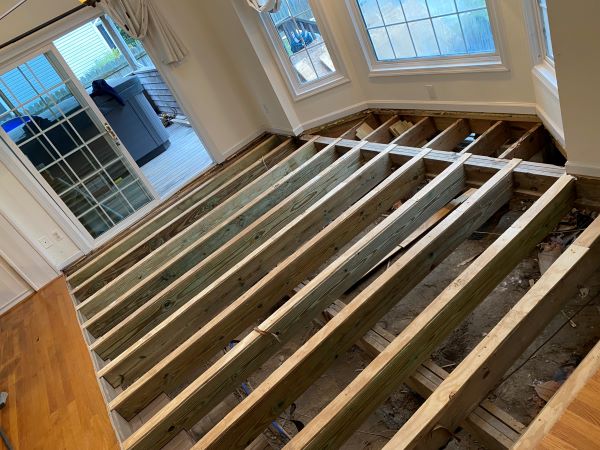
Gather Supplies
After you have determined which joists need repair or replacement, you can begin making a list of supplies you will need for the job.
Most floor joists are 2 x 6s, 2 x 8s, 2 x 10s, or 2 x 12s. Some homes are built with engineered I-Joists, also known as TJIs.
Choosing the right type of wood is important as well. Each has different strengths and weaknesses. For instance, Southern yellow pine and Douglas firs will have high bending strength. Cedar, Eastern white pine, and ponderosa pines have low bending strength. Spruce and redwood fall somewhere in between.
Selecting your own boards is a good way to limit imperfections. Defects in the lumber can impact the board’s strength.
You also will need hangers and wood screws to support the joists, as well as a construction adhesive. Basic tools include a framing hammer, crowbar, drill, oscillating saw, and hydraulic or “bottle” jack. If you have soft soil underneath your home, you may need a concrete block or other sturdy material to sit the jack on.
Like with other home projects, it is always a good idea to wear safety glasses. A dust mask also will protect you from any airborne particles, including the presence of any mold spores.
Reinforcing Joists
Sometimes, compromised joists do not need replacing but reinforcement. For instance, if you see rot around areas where screws penetrate the wood but the rest of the beam is in good shape, then a simple reinforcement may suffice. Floor joist repair is a far more economical and less labor-intensive alternative to completely replacing them.
One option is the install a “sister” joist, which sits alongside the existing joist. It’s also a good way to reinforce floors onto which you plan to add more weight. It’s a common method used for extending decks or other floor structures.
A second option for reinforcing joists is to install new girders or supplemental beams with new heavy-duty floor jacks in locations where the wood is sagging or undergoing excessive strain. Much like car jacks, these can lift the flooring back to a more level position. You can combine this option with sistering to leverage all avenues of support for the existing joists.
When performing this, be sure not to jack up the joists too quickly. This can harm your flooring or cause structural damage to your home, including cracks in walls.
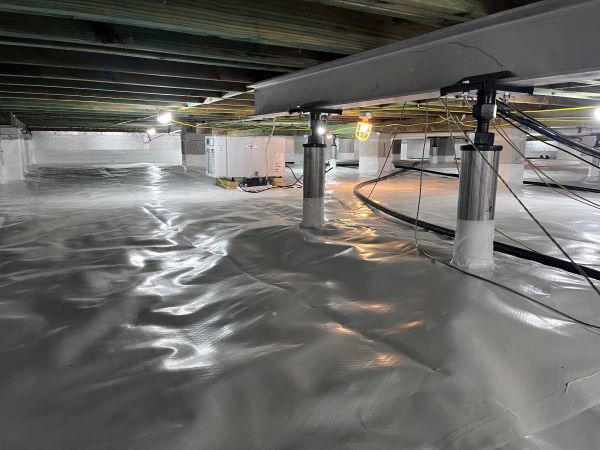
Find Floor Joist Repair Near You
Now that you have an idea of what floor joist repair entails, you can decide what course of action is best for you. While minor repairs and reinforcements may be within your DIY comfort level, you can never go wrong, leaving it up to professionals to assess and tackle the issue. You will have peace of mind that your floors are supported and that everything that sits on top of them is safe.
At BAY Crawl Space & Foundation Repair, we have 400 years of collective experience. We can handle any flooring and foundation issues you might have, including joist repair or replacement. Reach out to us today for a free quote and consultation in Virginia Beach and 80 miles of the surrounding area.
#1 Rated Locally for Floor Joist Repair
Our reviews show our commitment to taking great care of our customers over the years. We pride ourselves on giving great customer experiences & delivering excellent value. Our experience & efficiency allow us to do more for less.
- Google – 4.9 Rating with 800+ Reviews
- Angi – 4.9 Rating with 300+ Reviews
- Facebook – 5.0 Rating with 300+ Reviews
- HomeAdvisor – 4.9 Rating with 200+ Reviews
- Better Business Bureau – 4.9 Rating with 300+ Reviews
Voted #1 for Crawl Space Repair Near Me
Our award-winning team of experts have hundreds of years of collective experience in crawl space and foundation repair. Here are a few reasons why our customers love us:
- Photos included with free inspections
- Flexible and customized options
- Discounts and financing available
- Excellent long-term warranties
- Great communication

